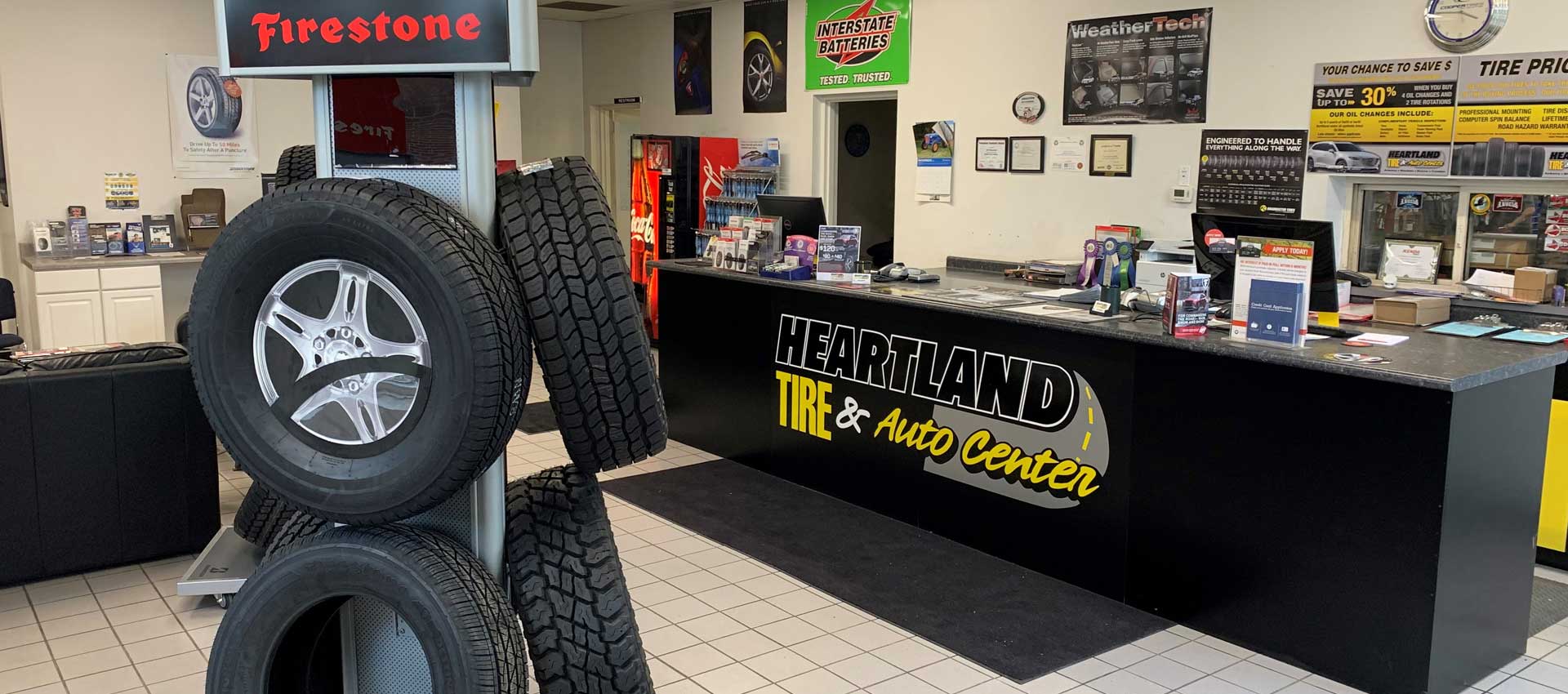Morris Tire and Alignment: Your Relied On Resource for Reliable Service
Morris Tire and Alignment: Your Relied On Resource for Reliable Service
Blog Article
Tire Solution: Understanding Tire Pressure Surveillance Solutions
Recognizing Tire Pressure Surveillance Systems (TPMS) is a critical element of keeping optimal automobile performance and security on the roadway. With improvements in automotive innovation, TPMS has actually become a common feature in contemporary lorries, offering real-time details on tire pressure levels.

Relevance of TPMS
The importance of Tire Pressure Surveillance Equipments (TPMS) depends on their capability to improve automobile safety and security and efficiency through real-time monitoring of tire pressure levels. Maintaining the appropriate tire pressure is important for ensuring optimal handling, braking, and overall safety of a vehicle. TPMS offers chauffeurs with immediate feedback on any overinflated or underinflated tires, permitting for prompt modifications to be made.
Parts of TPMS
Sensors are commonly situated in the tire shutoff stem or attached to the wheel assembly, where they determine tire pressure and transmit information to the control component. Some progressed TPMS designs also display the real tire pressure readings for each tire, supplying motorists with real-time information to guarantee optimum tire efficiency and security. By keeping track of tire pressure continually, TPMS assists avoid accidents, lowers tire wear, and boosts fuel performance, making it a vital element for vehicle safety and security and performance. mopar tire service specials.
Sorts Of TPMS

On the other hand, indirect TPMS counts on the car's wheel speed sensors to keep track of tire stress. This system identifies underinflation by contrasting the rotational rates of the wheels. Indirect TPMS is much less pricey than straight TPMS, as it makes use of existing sensing units within the car.
While direct TPMS provides much more accurate readings, indirect TPMS is less complex in design and normally calls for much less upkeep. Both systems have their benefits and restrictions, and the choice in between them usually depends on factors such as cost, lorry make, and individual preference. Comprehending the differences between these 2 sorts of TPMS can help lorry proprietors make notified decisions pertaining to tire upkeep and safety.
TPMS Upkeep Tips
Conduct routine checks on the tire pressure levels and compare them with the TPMS readings browse around this site to ensure they are consistent. During tire rotation or substitute, make certain that the TPMS parts are dealt with carefully to avoid any potential damage. If the TPMS warning light illuminates on the control panel, attend to the problem immediately by Check Out Your URL inspecting the tire stress and the overall system for any kind of mistakes.
Benefits of Correct Tire Pressure
Maintaining correct tire pressure, as emphasized in TPMS Upkeep Tips, is critical for enjoying the various advantages connected with optimal tire stress levels. Among the primary advantages of preserving the correct tire stress is improved gas efficiency. When tires are effectively pumped up, there is less rolling resistance, leading to far better fuel economic climate. Additionally, appropriate tire stress ensures also tire see it here wear, expanding the life expectancy of the tires and promoting much safer driving problems. With the best tire pressure, cars also have much better handling and grip, especially in negative weather conditions. This can boost overall driving performance and safety and security for the chauffeur and travelers. Maintaining optimal tire pressure can add to a smoother and extra comfortable trip by minimizing resonances and noise caused by underinflated tires. To conclude, the advantages of correct tire stress go past just tire longevity; they encompass improved fuel efficiency, enhanced safety, better car performance, and general driving comfort.
Conclusion
In conclusion, understanding tire stress tracking systems (TPMS) is important for maintaining optimum tire pressure and making sure car safety and security. By identifying the significance of TPMS, knowing with its elements, knowing the different kinds available, sticking to appropriate maintenance pointers, and recognizing the benefits of preserving appropriate tire pressure, drivers can boost their driving experience and extend the life expectancy of their tires. Proper tire stress is crucial to safe and effective automobile operation.

Report this page